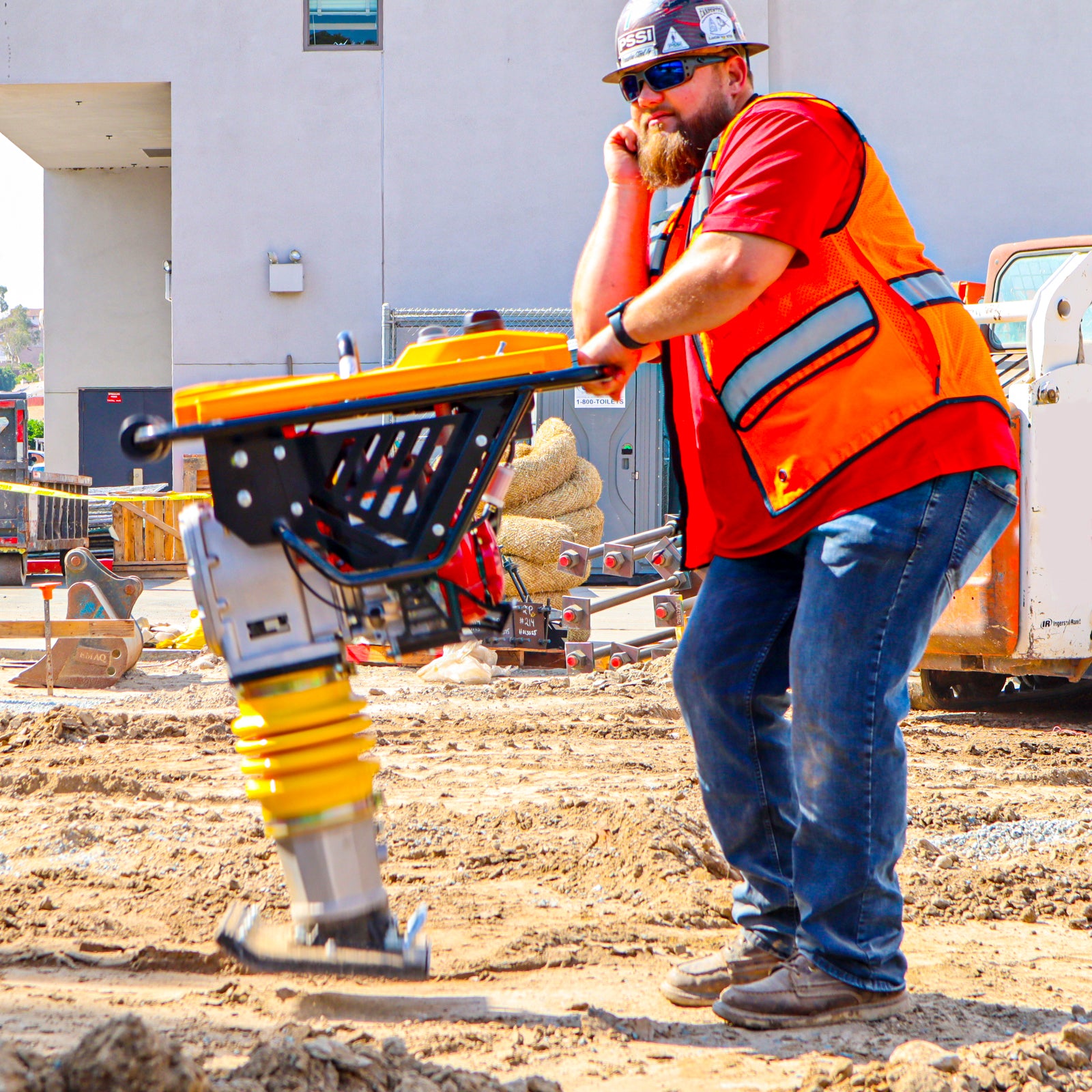In the dynamic world of construction and civil engineering, efficiency and precision are paramount. When it comes to compaction, selecting the right equipment can significantly impact the success of your project. Rammer compactors, also known as jumping jack compactors, have emerged as a versatile solution for achieving uniform compaction and stable foundations. However, with a variety of options available, choosing the right rammer for your needs requires careful consideration of factors like size, power, and features. This blog aims to guide you through the decision-making process to ensure you make an informed choice.
1. Understanding Rammer Basics
Before delving into the specifics, let's revisit the fundamental components of a rammer compactor. A rammer consists of a heavy steel foot that repeatedly impacts the ground surface, creating energy that compacts the soil. The key to effective compaction lies in selecting the right rammer based on the unique requirements of your project.
2. Size Matters
The size of the rammer, often referred to as its plate size, determines the compaction area it can cover in one pass. Smaller plate sizes are more maneuverable and suited for tight spaces, trenches, and confined areas. Larger plate sizes, on the other hand, can cover more ground quickly and are ideal for open areas. Consider the size of the working area and the nature of your project when choosing the appropriate plate size.
3. Power and Compaction Force
Power is a crucial factor in determining a rammer's compaction force. The greater the power, the more forceful the impact, resulting in denser compaction. It's essential to match the rammer's power to the type of soil you're working with. Softer soils might require less force, while harder and more compacted soils necessitate a higher-powered rammer.
4. Frequency and Energy
The frequency at which the rammer's foot impacts the ground, measured in impacts per minute (IPM), influences the energy transferred to the soil. Higher frequencies often result in better compaction of granular soils. However, cohesive soils may benefit from a lower frequency to avoid excessive particle disruption. Assess the type of soil you're dealing with and choose a rammer with an appropriate frequency.
5. Engine Type and Fuel
Rammer compactors are available in both gasoline and diesel variants. Consider the availability of fuel and the emissions regulations in your area when selecting the engine type. Diesel engines tend to be more fuel-efficient and offer better torque, while gasoline engines are easier to start and maintain.
6. Ergonomics and User-Friendly Features
Construction projects can be demanding, so choosing a rammer with user-friendly features can enhance operator comfort and efficiency. Look for features like vibration damping systems, adjustable handles, and intuitive controls. A comfortable and ergonomic design can minimize operator fatigue and improve overall productivity.
7. Maintenance and Serviceability
Like any equipment, rammer compactors require regular maintenance to ensure optimal performance and longevity. Consider the ease of access to critical components for servicing and routine maintenance. A well-maintained rammer will not only perform better but also have a longer operational life.
8. Project Specifics
Finally, consider the unique requirements of your project. Are you working on road construction, building foundations, or landscaping? Each application may have specific demands, and choosing a rammer that aligns with those demands can greatly contribute to the success of your project.
Selecting the right rammer compactor involves a thoughtful evaluation of factors like size, power, features, and the specifics of your project. Investing time in understanding your project's requirements and matching them to the capabilities of various rammer options will undoubtedly pay off in the form of efficient and effective compaction. By choosing the right rammer, you're not just acquiring a piece of equipment; you're equipping your project with the tools it needs for success.










